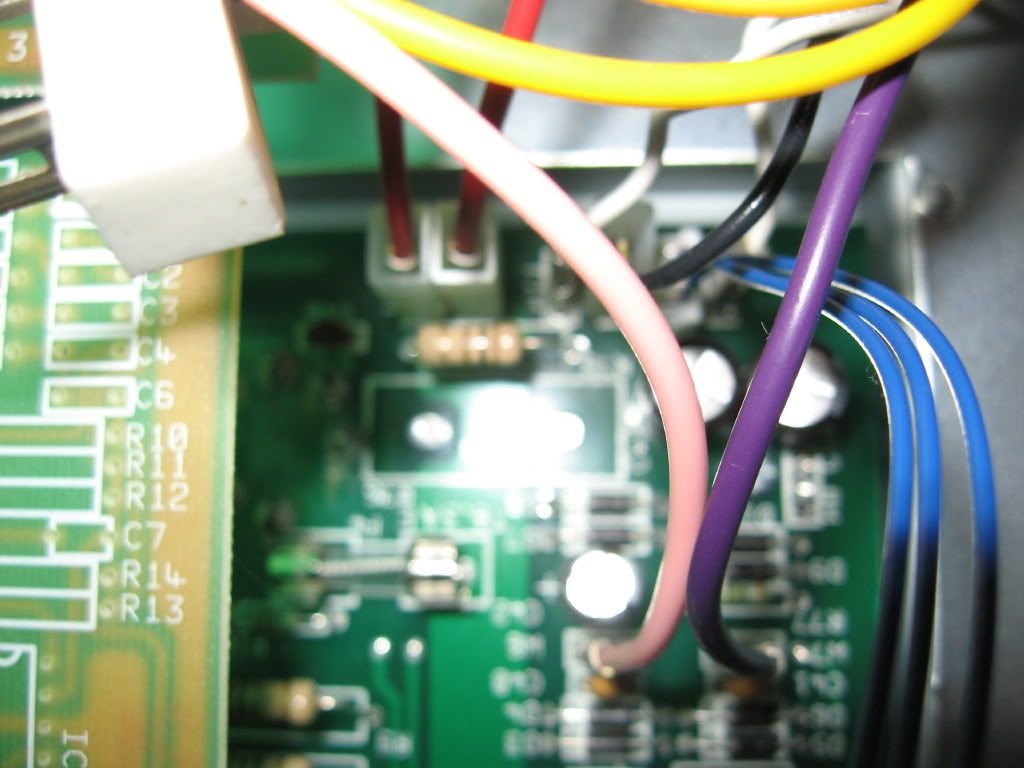I've got this DSL100 that I'm working on, and it's humming pretty loudly. I've pulled the PI tube and it still hums, so it's not a preamp issue. I've tried new power tubes and it still hums.
I already found 3 things wrong with it that I fixed. One of them was that Resistor R76 actually got so hot that one side of it had fallen out of the pcb. The amp was bought new in January, could it be bad filter caps?
What else should I check?
I already found 3 things wrong with it that I fixed. One of them was that Resistor R76 actually got so hot that one side of it had fallen out of the pcb. The amp was bought new in January, could it be bad filter caps?
What else should I check?



Comment